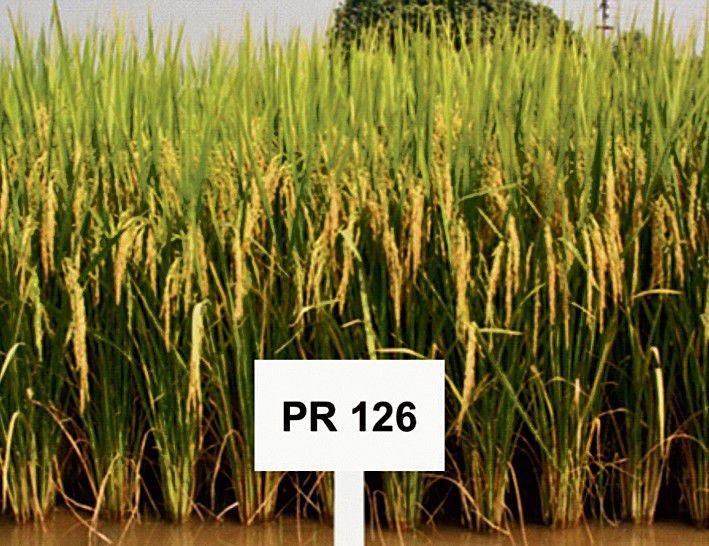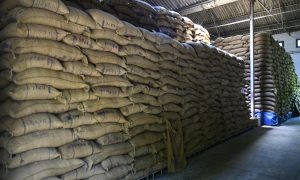Philippine carbon credit project to reduce methane from rice paddies

Tokyo-based Creattura, a provider of climate solutions, is expanding its project to reduce methane emissions from rice paddies in the Philippines, aiming to create carbon credits under Japan’s Joint Crediting Mechanism. Methane, a potent greenhouse gas, is a significant concern in agricultural countries like the Philippines. Creattura plans to extend the project to other Southeast Asian nations and recently raised 350 million yen to support this expansion. The company aims to trade millions of tonnes of carbon credits annually by 2028.
TOKYO — A Japanese provider of climate solutions is looking to expand a project to curb methane emissions from rice paddies in the Philippines in order to create carbon credits.
Tokyo-based Creattura creates carbon credits and supports the promotion of renewable energy. Its project falls under Japan’s Joint Crediting Mechanism, which provides technological support to emerging economies to reduce their emissions to create credits that Japanese businesses can purchase.
Methane is a greenhouse gas estimated to be more than 20 times as potent as carbon dioxide. Much of the emissions come from countries with large agricultural sectors, such as the Philippines.
Creattura aims to eventually expand the project to other Southeast Asian countries as well. As part of this push, it recently raised around 350 million yen ($2.3 million) in a private placement to DBJ Capital and Mitsui Sumitomo Insurance Venture Capital.
By the end of 2024, Creattura also plans to launch a service that uses artificial intelligence and satellite technology to measure reductions in greenhouse gas emissions.
The company currently trades around 400,000 tonnes of carbon credits a year. It aims to boost the figure into the millions by 2028.















